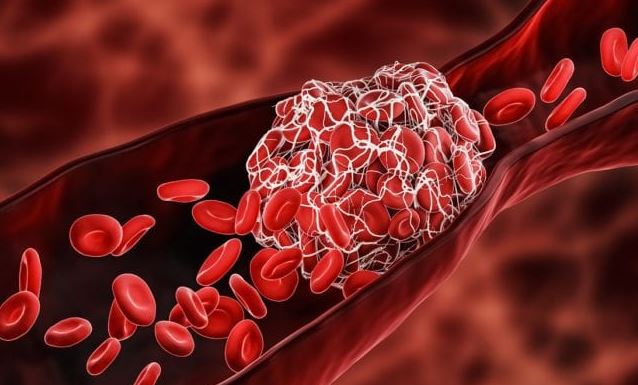THE VARICELLA VACCINE, SKYROCKETING SHINGLES AND CDC CHICANERY
by World Mercury Project, Collective Evolution:
 “Collusion” is the word du jour, and the practice’s very characteristics—deception, fraud, misrepresentation and secrecy—often prevent collusive acts from coming to light. In the scientific research community, would-be deceivers draw on a variety of tricks to slant their message, including manipulating data, employing other questionable research practices, not disclosing conflicts of interest, harassing whistleblowers and engaging in outright censorship.
“Collusion” is the word du jour, and the practice’s very characteristics—deception, fraud, misrepresentation and secrecy—often prevent collusive acts from coming to light. In the scientific research community, would-be deceivers draw on a variety of tricks to slant their message, including manipulating data, employing other questionable research practices, not disclosing conflicts of interest, harassing whistleblowers and engaging in outright censorship.
The Centers for Disease Control and Prevention (CDC) is no stranger to any of these tactics, but eventually, as Shakespeare once predicted, the “truth will out.” Critics and senior scientists, in growing numbers, have been pulling back the veil on the CDC’s unethical modus operandi, arguing that questionable practices have become “the norm and not the rare exception.” Adding to this emerging picture of a public agency captive to “rogue interests,” a March 2018 article in the Annals of Clinical Pathology describes CDC’s suppression of inconvenient research findings pertaining to its Universal Varicella Vaccination Program. The author, an independent computer scientist, outlines in morbidly fascinating detail the “collusion” between CDC and its local public health partner to conceal unwanted chickenpox vaccine outcomes from the public.
One virus, two diseases
Prior to the 1990s, natural chickenpox (caused by the varicella zoster virus) was a nearly universal childhood experience and, in children with normal immune systems, played out as a mild disease that conferred long-term immunity. In 1995, without any compelling medical reason to do so, the CDC added the chickenpox vaccine to the childhood vaccine schedule for 12- to 15-month-olds. In 2006, acknowledging the problem of waning vaccine effectiveness, it indicated that four- to six-year-old children needed to get a second (booster) shot.
Those authors cautioned that mass chickenpox vaccination was likely to cause a major shingles epidemic and predicted that shingles would affect ‘more than 50% of those aged 10-44 years at introduction of vaccination.’
Following natural chickenpox infection, the virus remains latent in the body. If reactivated later in life (usually in immunocompromised adults), the virus resurfaces in the form of shingles (herpes zoster or HZ). Before introduction of the vaccine, the high prevalence of natural chickenpox in communities served to hold shingles in check for most adults by regularly boosting a type of immunity called cell-mediated immunity. In fact, a 2002 study showed that exposure to natural chickenpox in adults living with children “was highly protective against [herpes] zoster.” Those authors cautioned that mass chickenpox vaccination was likely to cause a major shingles epidemic and predicted that shingles would affect “more than 50% of those aged 10-44 years at introduction of vaccination.” Before and after introduction of the vaccine, researchers also warned of the vaccine’s potential to shift the average age of chickenpox infection upward—a problematic scenario given that chickenpox is more severe in adults—while shifting downward the average age at which shingles occurs.
From predictions to reality
The Annals author was hired as a research analyst in 1995 by the Los Angeles Department of Health through the CDC-funded Varicella Active Surveillance Project. For reasons specific to the project’s self-contained geographic locality, the project benefited from unusually high-quality data and “uninterrupted and stable data collection.” Thus, the research analyst found himself ideally positioned to monitor the rollout of the chickenpox vaccination program from its inception and assess its outcomes—both positive and negative.
Initially, his sole mandate was to analyze varicella data. In 2000, however, after anecdotal reports began trickling in from school nurses about “unexplainable increases in the number of cases of HZ…among school-aged children,” the analyst persuaded the CDC to add active surveillance of shingles to his duties. In short order, this dual surveillance effort revealed two clearly negative consequences of the varicella vaccination program:
Read More @ Collective-Evolution.com



